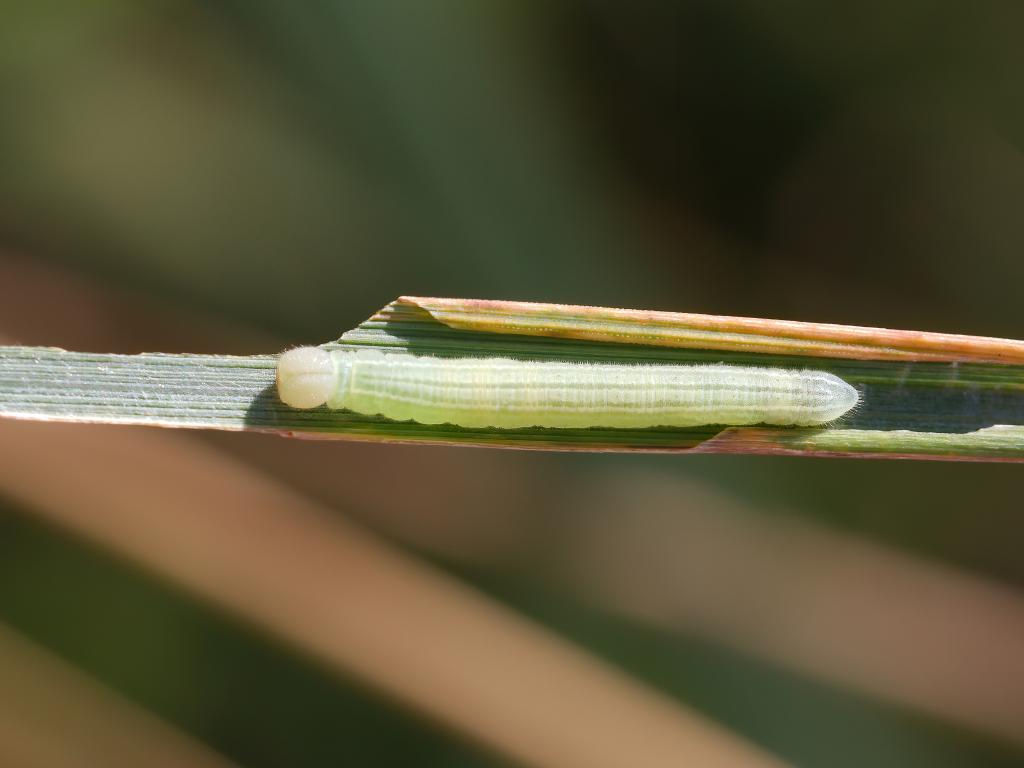This charming butterfly (Carterocephalus palaemon) with its distinct pattern has been absent from the British countryside for decades except for a couple of holdout populations in north-western Scotland.
Last recorded in England in 1976 and like so many other species, its decline was brought about as a result of changing agricultural practices and habitat loss. Reintroducing this once-native species not only holds cultural significance but also has ecological advantages.
One of the most critical ecological functions of butterflies is pollination. While bees often take the spotlight, butterflies play a crucial role in the process. The Chequered Skipper, like many butterflies, feeds on nectar from various wildflowers. As it flits between blooms in search of sustenance, it inevitably transfers pollen from one plant to another, enabling the reproduction of flowering plants.
The reintroduction of Chequered Skippers would diversify the spectrum of butterfly pollinators in the UK. The butterfly’s preferences for certain wildflower species would encourage the growth of these plants, creating a more vibrant and resilient wildflower community. This, in turn, benefits other pollinators and supports plant biodiversity.
The return of this butterfly is not merely about the butterfly itself but its potential to catalyse a broader ecological resurgence. By reintroducing a native species that has been absent for years, we can initiate a cascade of events that benefit the entire ecosystem. A thriving population of Chequered Skippers would signal the health of their preferred habitats, indicating the quality and suitability of these environments for other species.
The presence of this butterfly can also enhance the biodiversity of the ecosystems it inhabits. A thriving population of Chequered Skippers would attract a wide range of predators and parasites that feed on these butterflies. For instance, birds, spiders, and parasitoid wasps would take advantage of this new food source. This influx of predators could potentially reduce populations of other pest insects, thereby improving overall ecosystem health.
The butterfly primarily inhabits woodland clearings, which are also the habitats of numerous other plant and animal species. Woodland clearings host a unique community of plants that require sunlight to thrive, including many wildflowers that serve as important sources of nectar.
For children and adults alike, the sight of a once-extinct butterfly returning to the wild can be a source of wonder and inspiration. It encourages people to appreciate the natural world, fostering a deeper connection to the environment and the need to protect it.
Reintroducing a species that has disappeared from an ecosystem often involves careful management and monitoring. This process necessitates an understanding of habitat restoration and population dynamics. By engaging in these activities, scientists and conservationists gain valuable insights into managing and preserving ecosystems in the face of climate change and other environmental challenges. This can act as a model for adaptive management strategies. As climate change continues to impact British landscapes, preserving and restoring habitats for native species can help build resilience against more adverse future effects.
In this endeavour, the Chequered Skipper’s return serves as a reminder of the power of conservation to mend the gaps in our ecosystems and rekindle the beauty of nature that we cherish.

Chequered Skipper (Carterocephalus palaemon ) Bärenberg, Germany

Mating of Chequered Skipper

Chequered Skipper LarvaeDavid James, Butterfly Conservation
